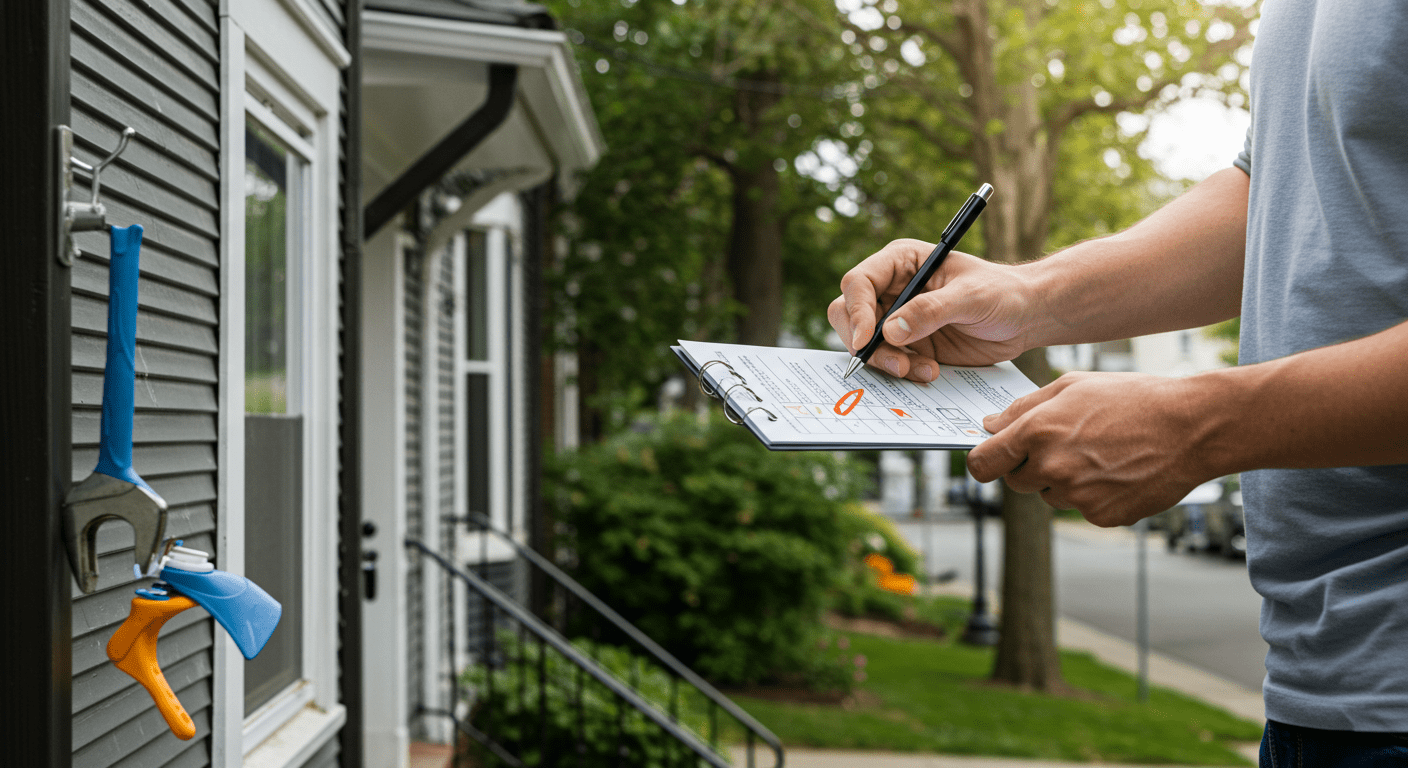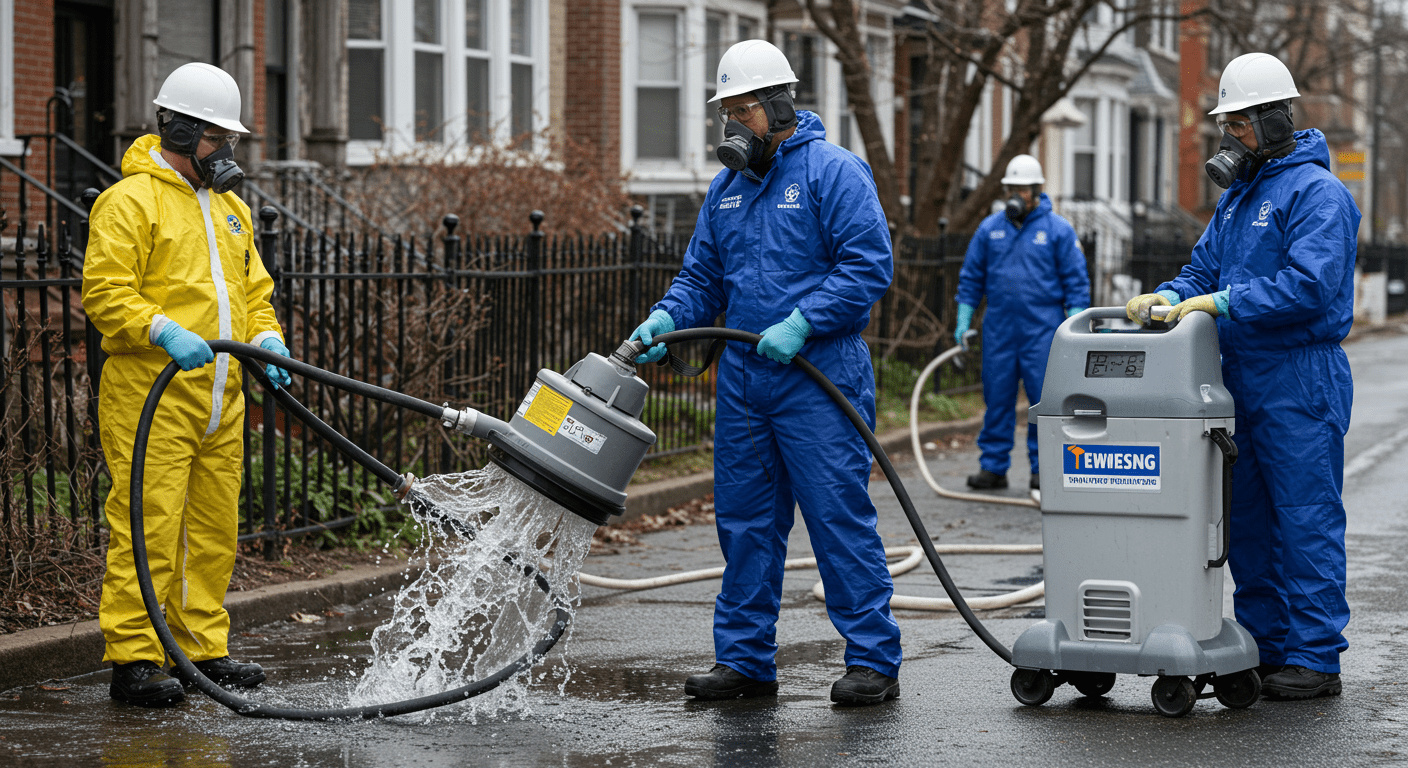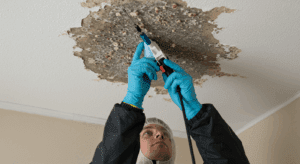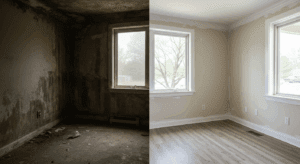Water damage is a common yet devastating issue that homeowners in Jersey City, NJ, face due to its proximity to water bodies and unpredictable weather patterns. Understanding the water mitigation process is crucial for protecting your property and ensuring safety. This comprehensive guide will walk you through the types of water damage, the mitigation process, and preventative measures to safeguard your home.
Understanding Water Damage: Types and Causes
Water damage can occur in various forms, each with unique challenges and risks. Knowing the types and causes of water damage is the first step in addressing the problem effectively.
Clean Water, Grey Water, and Black Water
Water damage is categorized into three types based on contamination levels:
- Clean Water: This is water from broken pipes or rainwater. While it poses no immediate health risks, prompt action is necessary to prevent structural damage.
- Grey Water: Slightly contaminated water from appliances like washing machines or dishwashers. It may contain chemicals or microorganisms that require careful handling.
- Black Water: Highly contaminated water from sewage backups or flooding. It poses severe health risks and requires professional intervention.
Understanding these distinctions helps prioritize the urgency and type of response needed for water damage.
Common Sources of Water Damage in Jersey City
Jersey City’s unique geography and infrastructure make it susceptible to specific water damage causes, such as:
- Flooding: Heavy rains and storm surges can overwhelm drainage systems, leading to flooding.
- Leaking Pipes: Aging plumbing systems are prone to leaks, causing water to seep into walls and floors.
- Roof Damage: Poorly maintained roofs can allow water to enter during storms.
- Appliance Failures: Malfunctioning water heaters or washing machines can lead to significant water damage.
By identifying these common sources, homeowners can take proactive steps to minimize risks.
The Water Mitigation Process: Step-by-Step
Water mitigation is a systematic process designed to minimize damage and restore your property. Here’s a detailed breakdown of the steps involved.
Initial Assessment and Safety Measures
The first step in water mitigation is assessing the extent of the damage. Professionals inspect the affected areas to determine the source of water and the level of contamination. Safety measures, such as turning off electricity and gas, are implemented to prevent accidents.
Water Extraction and Drying Techniques
Once the assessment is complete, the next step is water extraction. High-powered pumps and vacuums are used to remove standing water. After extraction, drying techniques such as dehumidifiers and industrial fans are employed to eliminate moisture. This step is crucial to prevent mold growth and further structural damage.

Proper drying ensures that your property is safe and ready for repairs or restoration.
Choosing the Right Water Mitigation Service in Jersey City
Selecting a reliable water mitigation service is vital for effective restoration. Here’s what to consider when choosing a service provider.
What to Look for in a Restoration Company
When hiring a water mitigation company, consider the following factors:
- Experience: Look for companies with a proven track record in handling water damage in Jersey City.
- Availability: Choose a service that offers 24/7 emergency response.
- Equipment: Ensure they use advanced tools for water extraction and drying.
A reputable company will provide a detailed plan and transparent pricing, ensuring peace of mind during a stressful time.
Importance of Certifications and Insurance Handling
Certified professionals are trained to handle water damage effectively and safely. Look for certifications from organizations like the Institute of Inspection, Cleaning, and Restoration Certification (IICRC). Additionally, a good company will assist with insurance claims, making the process smoother for homeowners.
For more information on professional restoration services, check out Top 5 Best Black Mold Treatment Services in Jersey City, NJ: Comprehensive Solutions for Your Home.
Preventative Measures: Avoiding Future Water Damage
Prevention is always better than cure. Implementing preventative measures can save you from the stress and expense of water damage.
Regular Maintenance Tips for Homeowners
Routine maintenance is key to preventing water damage. Here are some tips:
- Inspect Plumbing: Regularly check for leaks in pipes and faucets.
- Clean Gutters: Ensure gutters and downspouts are free of debris to prevent water overflow.
- Seal Cracks: Seal any cracks in walls or foundations to prevent water seepage.
By staying proactive, you can significantly reduce the risk of water damage.
Emergency Preparedness for Water-Related Incidents
Being prepared for emergencies can make a significant difference. Create an emergency kit with essentials like flashlights, batteries, and a first-aid kit. Familiarize yourself with the location of shut-off valves for water and electricity. Additionally, have a list of emergency contacts, including a trusted water mitigation service.
For more tips on protecting your property, visit Top Flood Restoration Contractors in Bayonne, NJ: Your Trusted Experts for Rapid Recovery.
Water mitigation is a critical process for protecting your home from water damage. By understanding the types and causes of water damage, following the mitigation steps, and implementing preventative measures, you can safeguard your property and ensure peace of mind. If you’re in Jersey City, NJ, and need professional assistance, don’t hesitate to contact a trusted water mitigation service.



